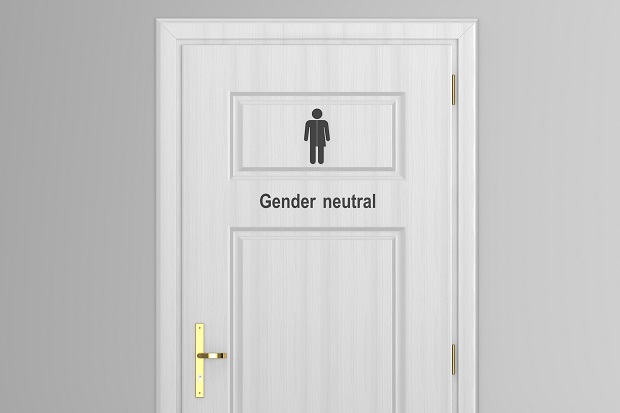 A new research report from the Center for Talent Innovation revealed that more than 35 percent of African-Americans and Hispanics, as well as 45 percent of Asians feel a “need to compromise their authenticity” to conform to their organization’s “norms” relative to look and style. Further 40 percent of African-Americans and a third of people of color overall feel like “outsiders” in their corporate culture while only 26 percent of Whites feel this way.
A new research report from the Center for Talent Innovation revealed that more than 35 percent of African-Americans and Hispanics, as well as 45 percent of Asians feel a “need to compromise their authenticity” to conform to their organization’s “norms” relative to look and style. Further 40 percent of African-Americans and a third of people of color overall feel like “outsiders” in their corporate culture while only 26 percent of Whites feel this way.
These findings are of no surprise to me. We have seen many studies over the years that report similar results for people of color. After more than three decades of raising the awareness that people of color have a difficult time “fitting” into the standards demanded for success in the corporate world, the situation has not changed much.
Over the last thirty years I have seen a dramatic increase in the number of companies that have elevated their work around diversity and inclusion. The role of Chief Diversity Officer is commonplace in large fortune 100 companies with formal programs ranging from onboarding to mentoring to employee affinity groups to executive diversity councils in their attempts to create more inclusive cultures.
Numerous studies have been conducted by reputable consulting organizations such as McKinsey and Catalyst that show increased diversity makes a positive impact on the bottom line. In other words, the business case for diversity is solid.
So what is the problem? Why are we still seeing results like the ones reported by The Center for Talent Innovation? There are myriad, complex answers to why we have not made more progress in changing organizational cultures to embrace and accept a wider spectrum of behaviors, styles and approaches.
- Culture change takes time and effort. It is estimated that it takes about a decade to really change an organization’s culture. Even though we have been at this work for much longer than that, the challenge has only recently been recognized as requiring culture change. For years organizations focused on enhancing the numbers of people of color among their ranks…focusing on adding more visible diversity. The result of the sole focus on the numbers has resulted in what we call the “revolving door syndrome.” People of color, not able to “fit”, leave in search of more welcoming environments.
- Education is often short, event based focused on “awareness and sensitivity” not competence. Organizations are slowly recognizing that inclusion requires more culturally competent leaders. Conducting short (four or eight hour) training sessions are insufficient to educate leaders about deep cultural differences that make a difference in how employees want to be treated and accepted. The Winters Group, Inc. is partnering with IDI, LLC to provide a solution to the inadequacy of current training programs. We are launching a comprehensive, robust cultural competence education program called the Cultural Competence Mastery Program. The year-long experience recognizes the need for a developmental, holistic approach to learning. Organizational culture change starts with individual mindset shifts which do not happen easily or quickly.
- We have taught leaders to minimize differences. Whether explicitly or implicitly, the message has been do not focus on difference. We endorse a color-blind approach to leadership where the underlying assumption is that we should treat everybody the same. In the absence of culturally competent leaders, they would not know what adaptations and adjustments to make to ensure inclusion of everybody, even if they wanted to.
- We underestimate the complexity of inclusion work. There is not enough focus on the interdependencies at play. It is not enough to have programs, or to conduct training and or to recruit more people of color. We have to start connecting the dots, understanding both the micro (one’s daily experience at work) and the macro (systems that inadvertently exclude) and the interplay of all of the factors. In other words, we need to take a systems approach.
There is a lot at stake if we don’t get inclusion right. In this increasingly diverse, competitive, fast moving world, those organizations that leverage all of their talent will absolutely realize a competitive advantage. Those that do not, will be faced with higher turnover costs, lower engagement and reduced productivity.



















I found this to be an exceptional article and shared it with some of my clients who have had challenges getting people on board to this thinking. Thank you; it’s very timely!
Thank you! Glad you found it useful.
Hi Mary-Frances
Yet another sentiment of yours that I wholeheartedly share. Simply put, diversity does not work without inclusion. Inclusion does not work without doing the real work to be inclusive, which means we must encourage or allow the employees in our workplaces to engage each other in a much more authentic way. Respectfully of course!